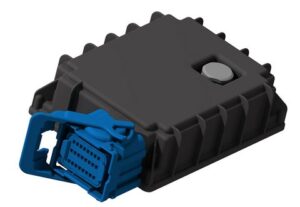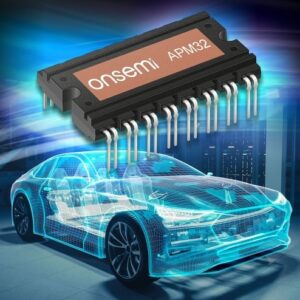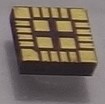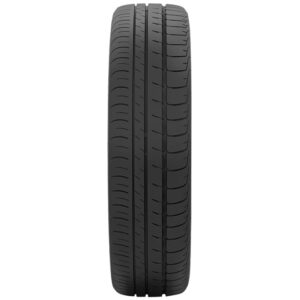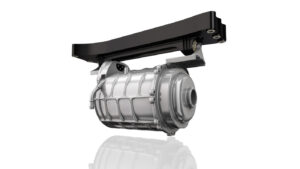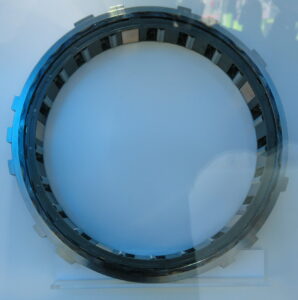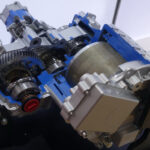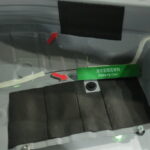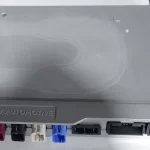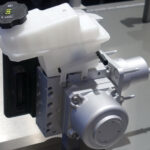GoldBox is NXP’s system solution targeting connected, service-oriented gateway applications. It is built around NXP’s S32G Vehicle Network Processor and the new 10-port Ethernet switch (SJA1110) and uses 15 unique, and 35 total, NXP components. Additionally, GoldBox leverages the capabilities of NXP’s VR5510 power management IC (PMIC) that powers the whole system. What makes this automotive-grade solution so special is that it integrates all the necessary hardware capabilities and basic software layers to accelerate customers’ production ECU development efforts. Additionally, the NXP S32 Design Studio (S32DS) provides a complementary Integrated Development Environment (IDE) for programming both the SJA1110 Ethernet switch (which also includes an Arm® Cortex®-M7 core) and the S32G processor with the same graphical user interface.

GoldBox helps engineers to develop innovative networking solutions such as:
- By taking advantage of the true strengths of each component, NXP offers a new concept for securing the data that is being transported by the in-vehicle network, leveraging a combination of the SJA1110 Ethernet switch and the S32G processor. Ethernet switches are the main I/O interfaces for Ethernet data. All Ethernet packets reaching the gateway go through a switch, so the switch is the ideal place to deploy the first line of defense and monitoring of data. This is why the SJA1110 comes with such powerful monitoring classification and filtering capabilities. At the same time, only a processor such as S32G, is fully aware of the status of the system and can make decisions based on this knowledge. The combination of the devices offers a strong platform for advanced Intrusion Detection and Prevention Systems (IDPS). For that reason, NXP believes that a combination of SJA1110 and S32G, where security tasks are allocated between the two devices, can bring the extra advantage that no single device delivers. Customers and partners using NXP’s GoldBox can leverage these advanced networking security capabilities to explore new concepts and create truly differentiating products.
- Similar to security, safety applications can also take advantage of the NXP system solution. In an in-vehicle network that is primarily based on Ethernet, ASIL B rated Ethernet components such as the new SJA1110 Ethernet switch can contribute to extending the safety of the vehicle by constantly monitoring itself and the cables connected to it. Once a deviation is detected, the SJA1110 can interact with the ASIL D S32G processor or the VR5510 PMIC to notify the system and trigger a potential reaction.
- By leveraging the security and safety capabilities of SJA1110 with the networking and compute power of the S32G, customers can now imagine new diagnostics possibilities. For example, by combining the diagnostic information with a service-oriented protocol, customers can deploy a cloud-based fleet diagnosis system and trigger new mechanisms for predictive maintenance. GoldBox comes with the basic software building blocks that enable customers to experience just this.
- For an in-vehicle network that is primarily based on Ethernet and running on batteries, energy efficiency is paramount. All NXP Ethernet components support a new, standardized wake up mechanism, commonly referred to as “TC10 wake up mechanism”. GoldBox includes the necessary hardware building blocks and on-board circuitry to deploy this mechanism in a TC10-enabled network, therefore taking full advantage of this new capability.
- Upcoming in-vehicle networking will merge critical and non-critical traffic on the same wires. TSN is a standardized set of tools which enables just this: ensuring that critical traffic is delivered on time whilst also supporting less critical data in the same network. Both SJA1110 and S32G implement the most relevant TSN standards for the automotive use-case. GoldBox is then the ideal platform to first evaluate these solutions and then build on top of these to develop new applications that can take advantage of TSN capabilities.

